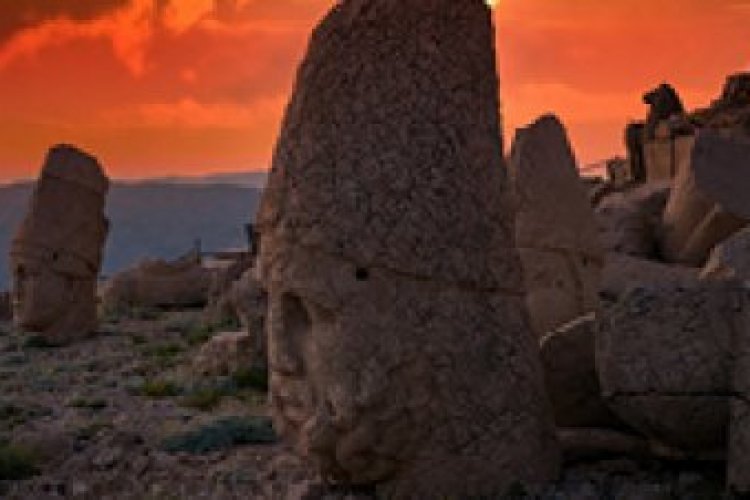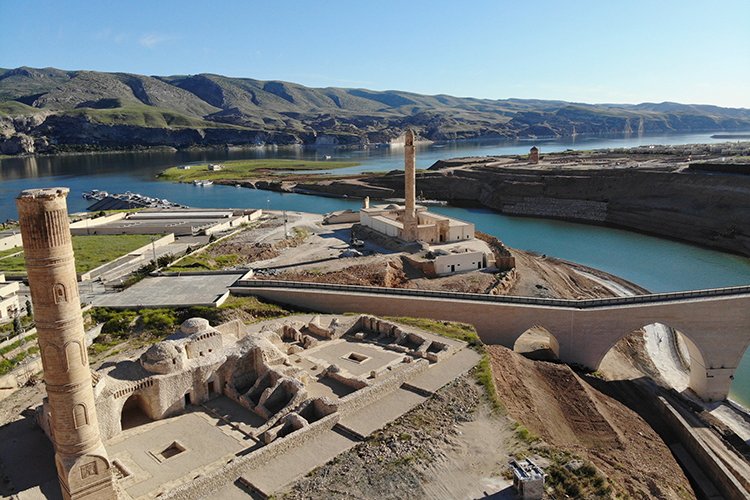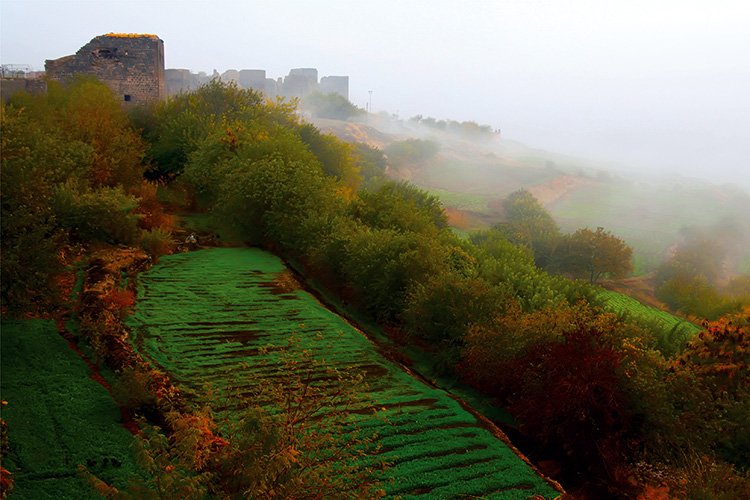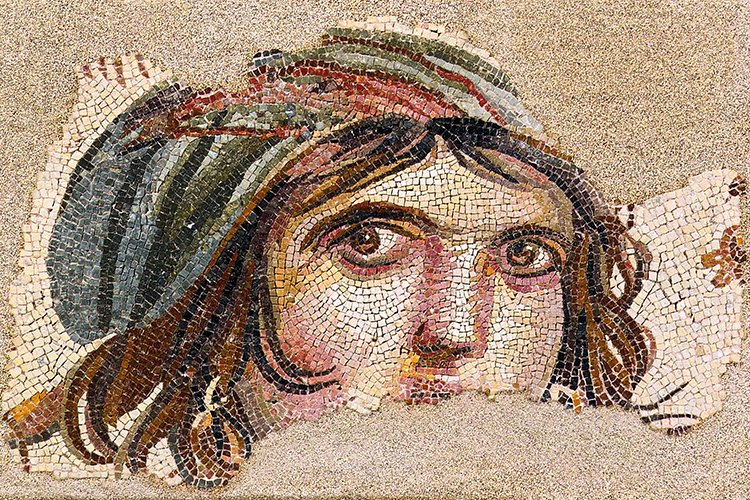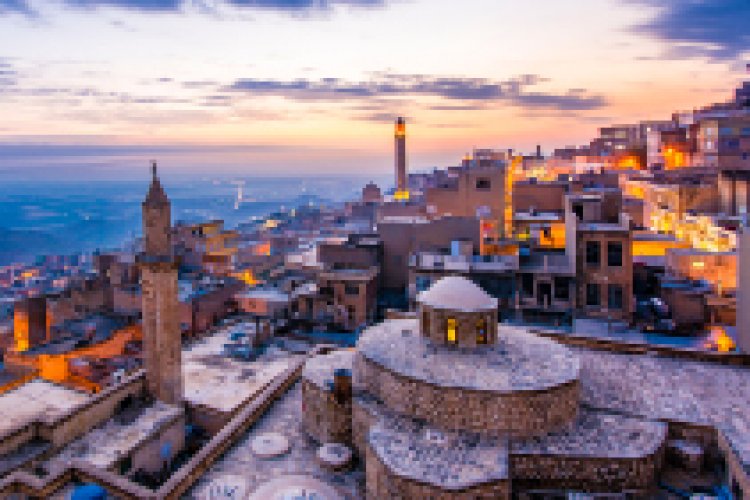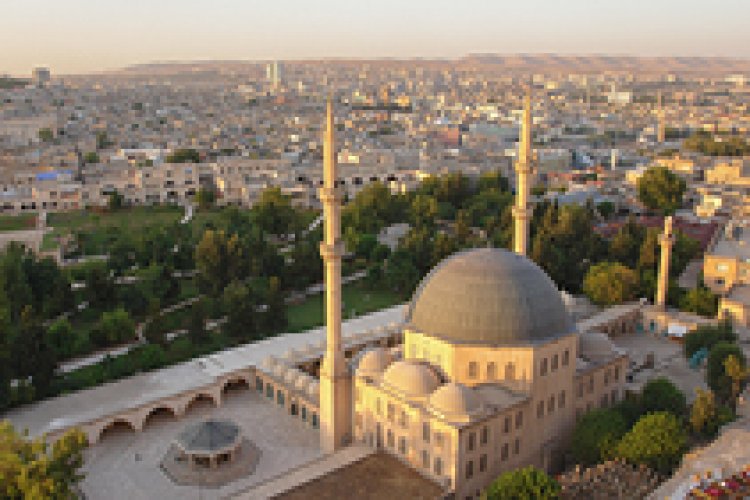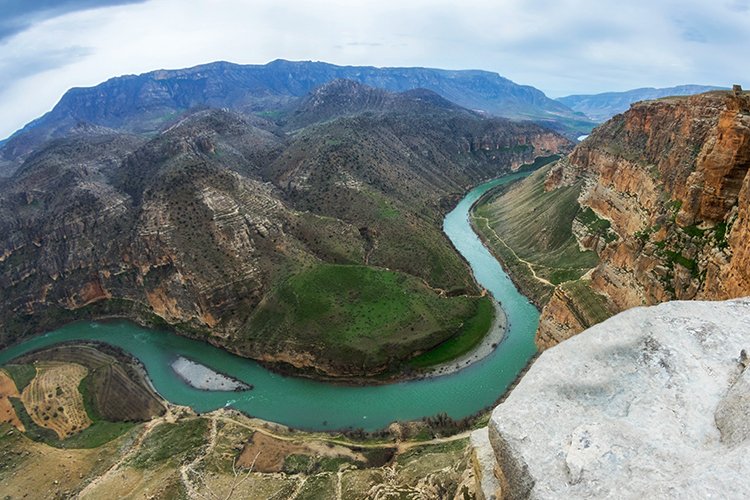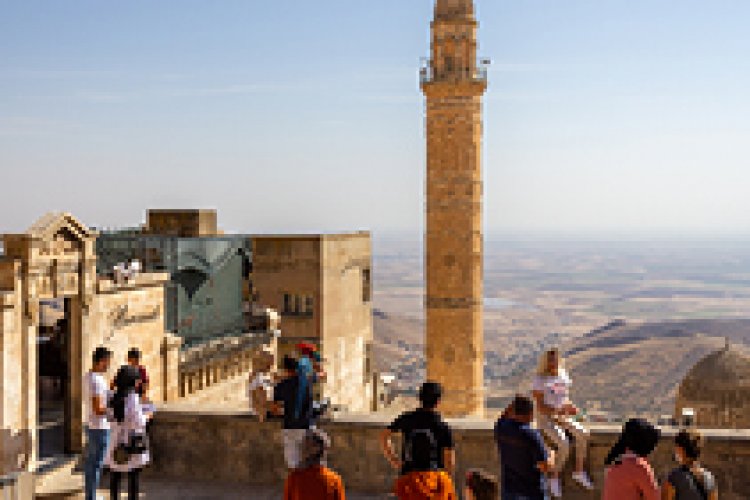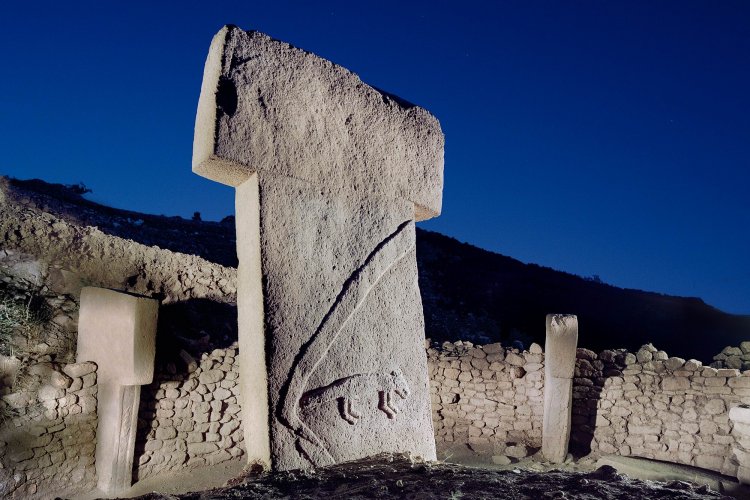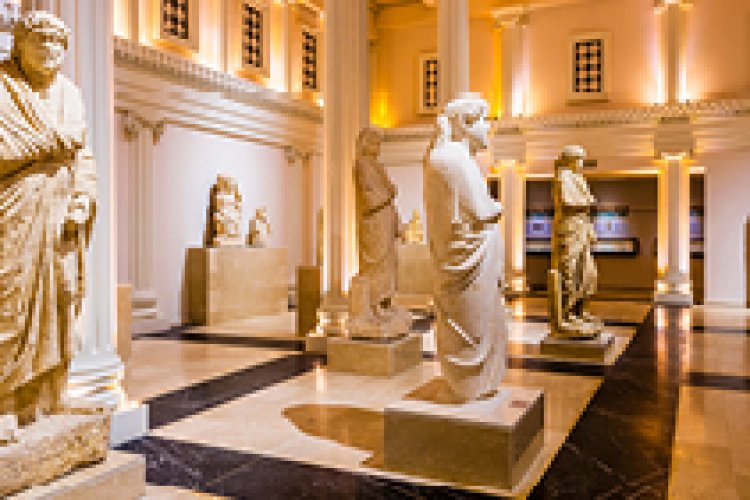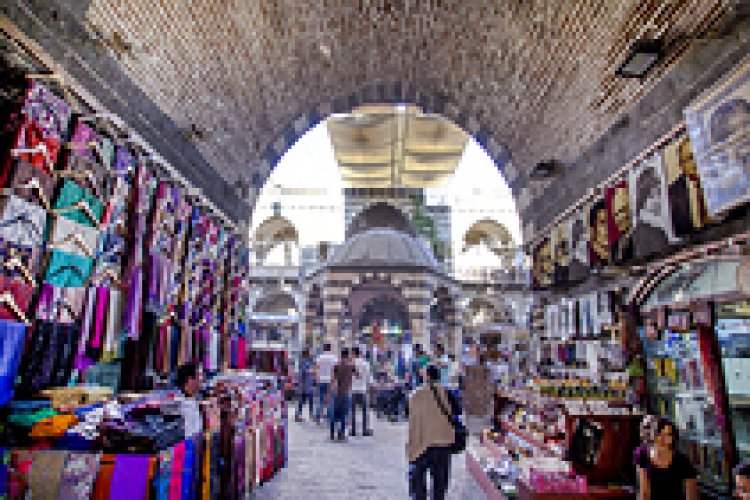Stories
In Mesopotamia, which has hosted countless civilizations throughout history, all of the legends that have been passed down through the filter of the people for hundreds and thousands of years contain colorful stories worth following. The heroes in these stories, passed down from generation to generation among the people, are so familiar... These heroes, who grew up in the ancient lands of Mesopotamia, bring the color and language of this culture to their stories. Like Mem û Zîn and Zembil Firos, the love that fermented in this geography and its divine reflections, Abraham's struggle for justice and truth has turned into the most effective guide lights of human beings who are looking for meaning in their difficult life journey. The legends emerging from the Diyarbakır walls, Egil Castle, the mysterious atmosphere of the monasteries, the White Water of Mardin and the stories of the friendship between Ravanda Castle and Red Pine still illuminate the path of mankind.
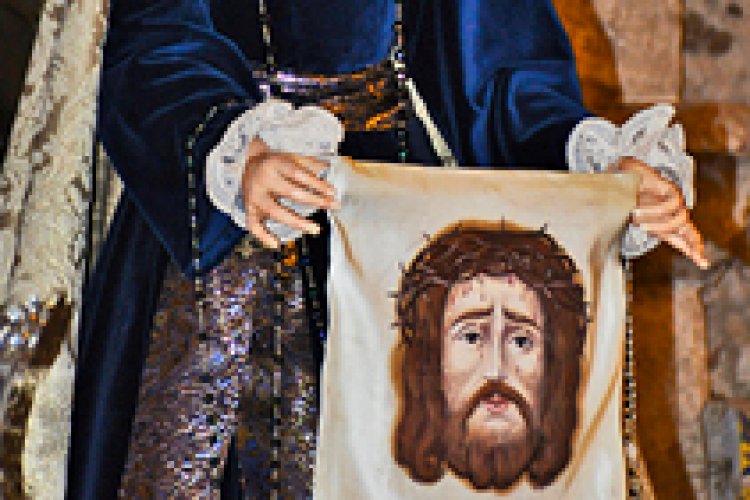
Jesus Christ and the Sacred Handkerchief
Abgar Ukkama V, King of Edessa (Urfa), who converted to Christianity shortly after the preaching of Jesus Christ, fell ill with leprosy. Hearing that Jesus Christ heals the sick, the King could not go to Jerusalem in person because he was very sick, but he sent his envoy named Hannan to Jesus Christ and invites him to Edessa with a letter. Hannan is also a skilled artist. After presenting the letter he brought to Jesus Christ, he tries to paint his face, but he fails. Sensing this, Jesus Christ washes his face and wipes his face with a handkerchief handed to him and gives it to Hannan. A copy of his face appeared on the handkerchief. Hannan returns to Edessa, taking the handkerchief along with a letter. Thanks to this handkerchief, the King comes around leprosy. The handkerchief is then hidden somewhere inside one of the city gates. When Islam dominates the region, the holy handkerchief falls into the hands of Muslims. In a war with the Byzantines, some of the Muslims were captured. The Byzantines stipulate that the holy handkerchief be delivered to them in order to return the captives. Finally, the handkerchief is given and the captives are taken back. According to some, this handkerchief went to Vatican via Istanbul, according to others,... Devamını oku »
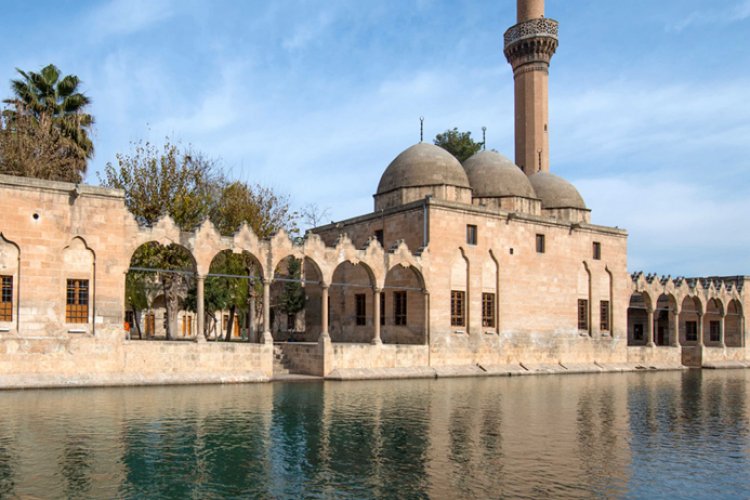
Halil-Ur Rahman Lake
The cruel King Nimrod has a dream one day and believes that one of the children born that year will kill him. He then orders all children born that year to be killed. At that time, Sarah, who was pregnant with Abraham, hides in a cave, gives birth to her child here and returns home, leaving him in the cave. A female gazelle nurses the child. Time passes, the soldiers find Abraham in the cave and bring him to Nimrod. Nimrod, who has no children, takes him with him and raises him. However, Abraham, who did not remain silent upon Nimrod’s cruelty and worship of idols, one day breaks the idols in the Palace with an ax and puts the ax in the hand of the biggest idol. The officers report the situation to Nimrod. When questioned, Abraham says, "Do you not see that the ax is in the hand of the great idol? He probably did this job.” Nimrod shouts in anger, "How can a piece of stone take an ax and break idols?" Thereupon, Abraham answers, "How can a piece of stone protect you when you can take an ax and cannot do this job?" Getting pissed, Nimrod orders Abraham to be thrown into the fire. Wood like a mountain gathered for days is piled up in the square, a fire is lit, Abraham is thrown into the fire with a catapult from the top of the... Devamını oku »

Ayn Zeliha Lake
According to rumors, Nimrod’s daughter Zeliha s in love with Abraham. He tries to discourage his father from throwing Abraham into the fire, but she fails. Thereupon, Zeliha throws herself into the fire, and the place where she falls becomes a lake. According to another belief, Zeliha, cries her heart out after Abraham and Ayn Zeliha Lake is formed from her tears.
Devamını oku »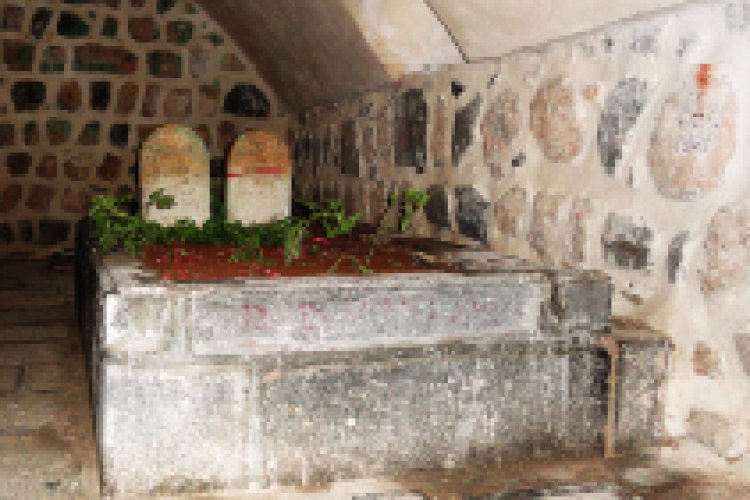
Mem û Zîn
Mir Zeynuddin, who is the Bey of Cizre, has two very beautiful siblings named Zin and Siti. Memo, the son of the Divan Clerk and known by the nickname 'Memialan', and Tacdin, the son of the Divan Vizier, are also close friends. At that time, various entertainments are held in March. The people of Cizre go to the countryside with their children, while the young people see and like each other in accordance with Islam and find a spouse in this way. Memo and Tacdin go to the bazaar dressed up like a girl in disguises in these entertainments. While watching people here, they see two people and they pass out as soon as they see them. In fact, these people who wear men's clothes are none other than Zin and Siti. Zin and Siti take the rings from Memo and Tacdin's finger and put their own rings on them and leave. When Memo and Tacdin come to their senses, they notice the rings on their fingers. "Zin" on the ruby ring on Memo's finger; "Siti" is written on the diamond ring on Tacdin's finger. Teenagers understand that girls, just like them, change clothes for fun.
Heyzebun, the nanny of Siti and Zin, sees the pale faces of the girls and asks what happened. Learning the story, the nanny takes the rings from the girls and finds Tacdin and Memo.... Devamını oku »
Zembil Firos
According to the legend, the sultan, who ruled in Farqin, the capital of the Marvani State, as known as Silvan today, has a very handsome son who lives happily. One day when he goes hunting, he comes face to face with the reality of death when he sees a grave and the skeletons protruding from the grave. Just over there, he swears that he will give up the blessings of this world by taking refuge in God. Leaving his wealth behind, he hits the road. He gets married, has children, travels from land to land and starts to make and sell zembil (basket). He has now become a Zembil Firos (basket seller). Again, one day, when he sells baskets, he attracts the attention of Hatun Han, the wife of Farkin Bey. He is summoned to the Palace on the pretext of buying a basket. Hatun Han falls in love with Zembil Firos at first sight and tries to explain her love with these lines:
"Zembîlfiroş zembîla tine
Dikan bi dikan di gêrîne
Hiş li Xatûnê namîne
Serî li zeman di gerîne
Gazi dike ku bibîne
Were ser doşeka mîr e
Li te helal, herama mîr e
Bidime te zulfî harîr e
Çavê min ê xezalan e
Sîngamin... Devamını oku »
